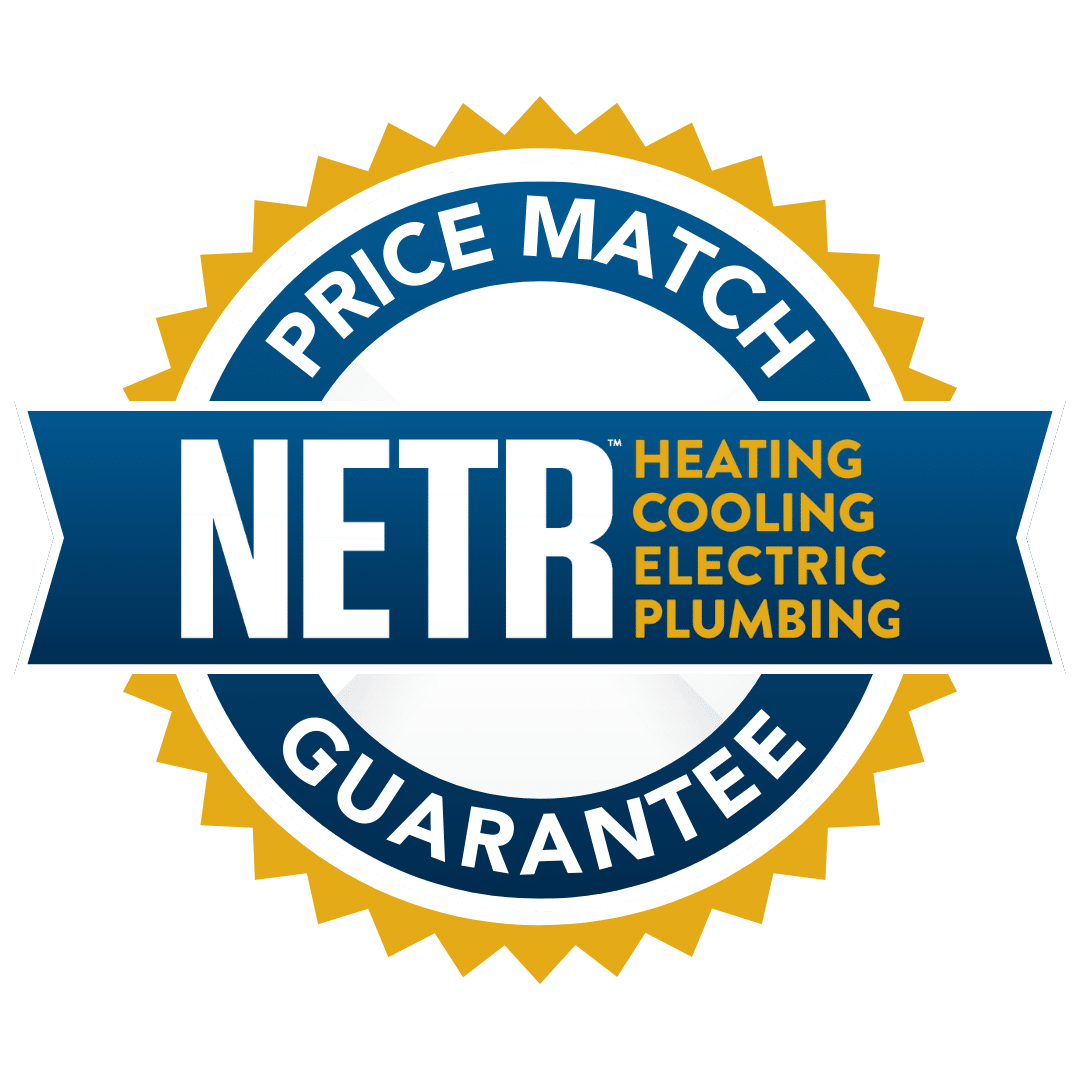Do You Need a Heat Pump Replacement?
Heat pump technology is an excellent way to heat – and even cool – your home. Although heat pumps tend to last longer than other heat sources, like wood and pellet stoves or central heating, they will eventually need to be replaced with newer equipment.
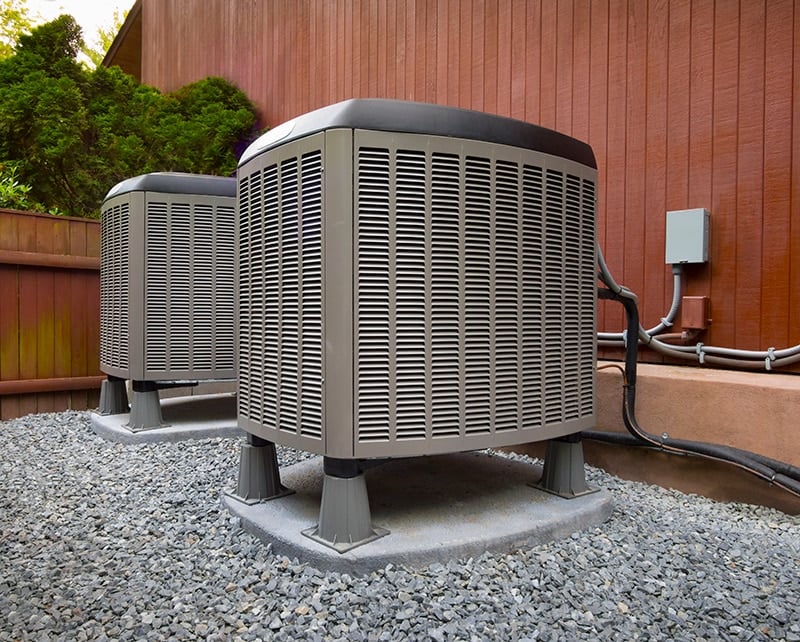
Upgrade Your Heating System to Raise Your Home’s Value
Did you know that you can sell your home for more or just increase its value while you’re living in it by upgrading your heating system? New England winters can be brutal, especially with climate change ramping up.
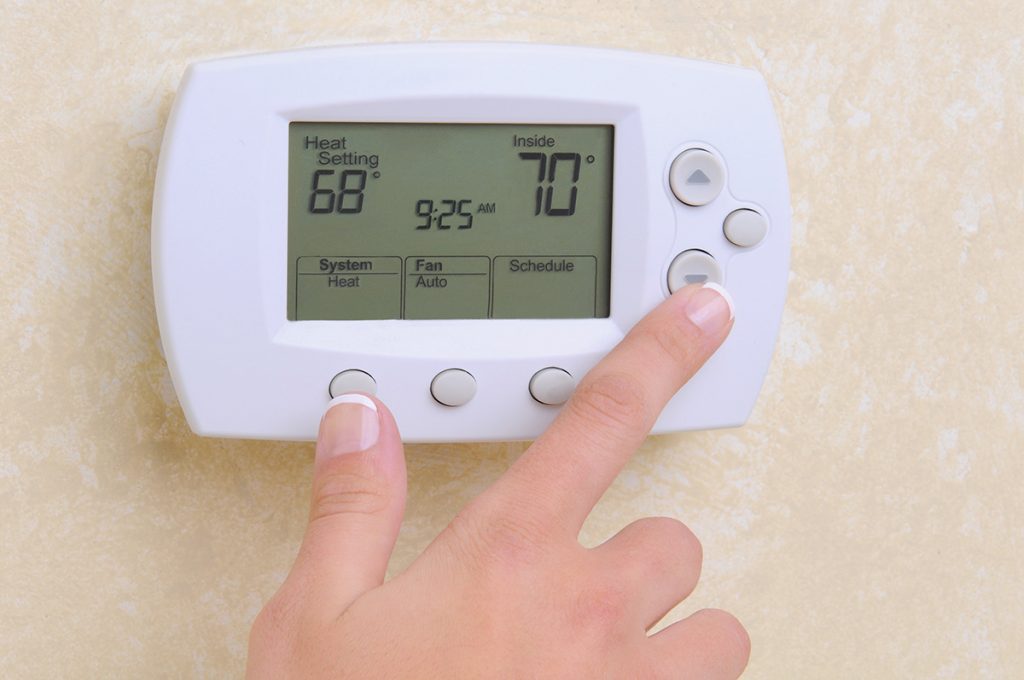
How to Avoid Carbon Monoxide Incidents This Winter
It’s important to do what you can to keep your home as safe as possible for you and your family. Carbon monoxide is a deadly but silent threat that can quickly and quietly kill – here’s what you should know about it and how to get help with heating solutions that pose the least risk to the people living in your home.
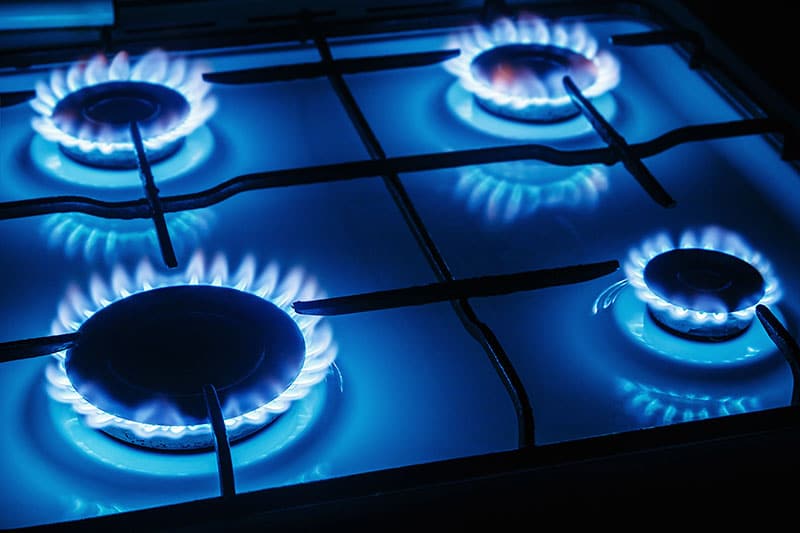
Dangerous DIY Electrical Repairs to AVOID
Many home and business owners look for ways to cut costs when having their houses or offices maintained. In some cases, various repairs can be made by the owner, saving money that would have otherwise gone to a service contractor for the same repair.
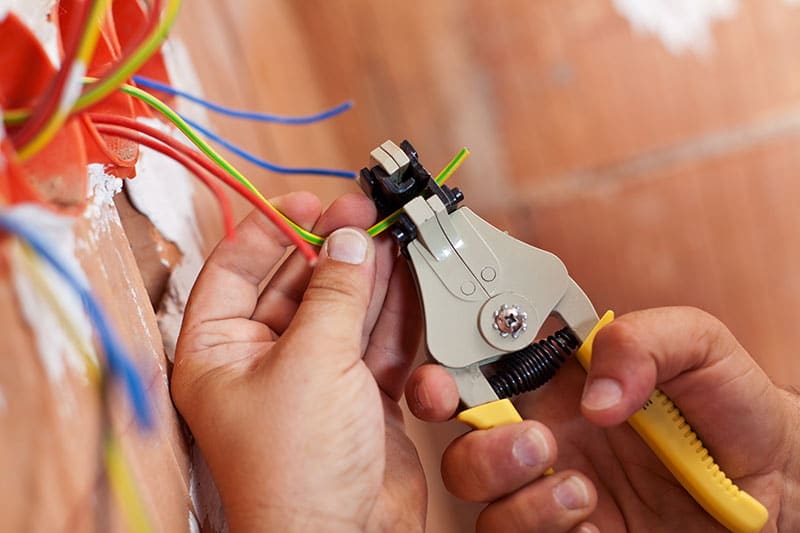
Winter Heating Tips for First-Time Ductless HVAC Owners
Is this your first winter season in Massachusetts as the owner of a ductless mini split heater? You’re not alone. Many new ductless system owners are unfamiliar with what to expect from their system and how to ensure it runs as efficiently and cost-effectively as possible.
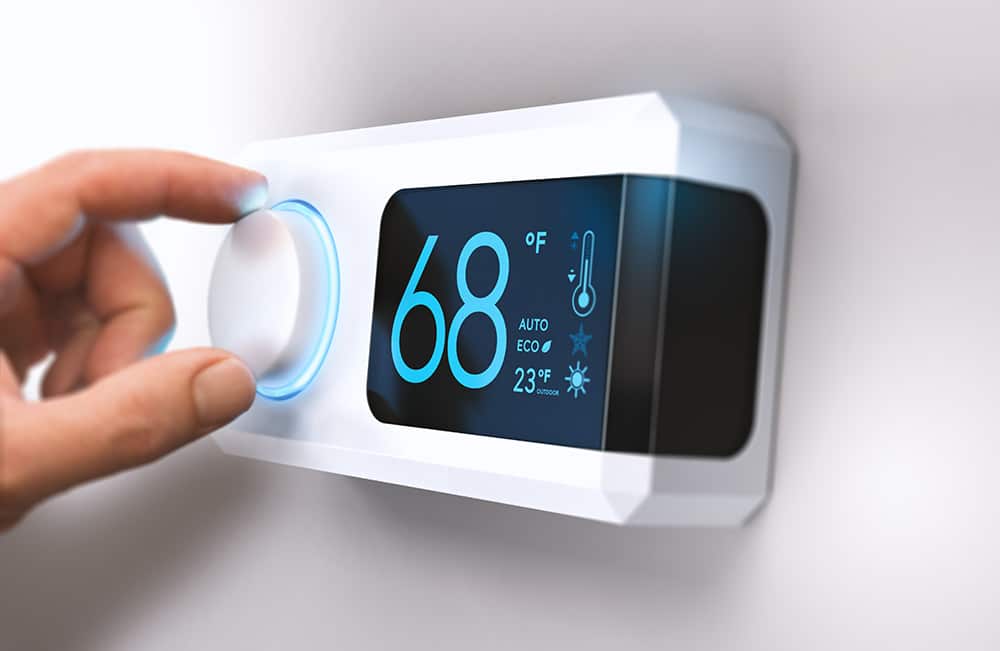
Top 5 Benefits of Having an Electrical Inspection on Your Old Boston Home
One of the most important systems in any home is its electrical system. It’s responsible for providing power to every room in your house and is the cornerstone of your home’s functionality. Electrical wiring runs through each of your walls, the floors, and the ceiling to provide electricity to overhead lights, wall outlets, appliances, and more. Any interruption in this system can be inconvenient at best and may completely destroy your electrical wiring at worst.
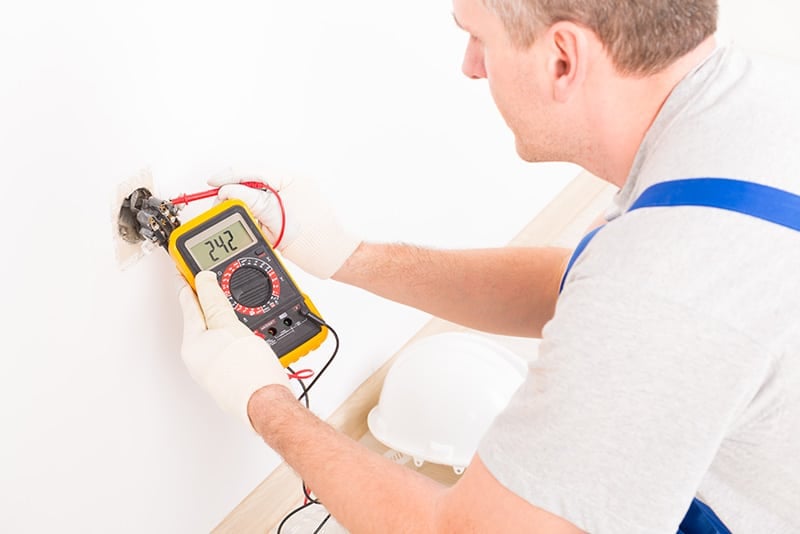
5 DIY HVAC Repairs Gone Wrong
Many homeowners look for ways to save money on their household expenses, especially when it comes to big ticket items like the installation, repair, and maintenance of an HVAC system. Sometimes, homeowners are tempted to do the work themselves, assuming that it’s easy enough with the help of an instructional YouTube video and parts purchased online or at a hardware store.
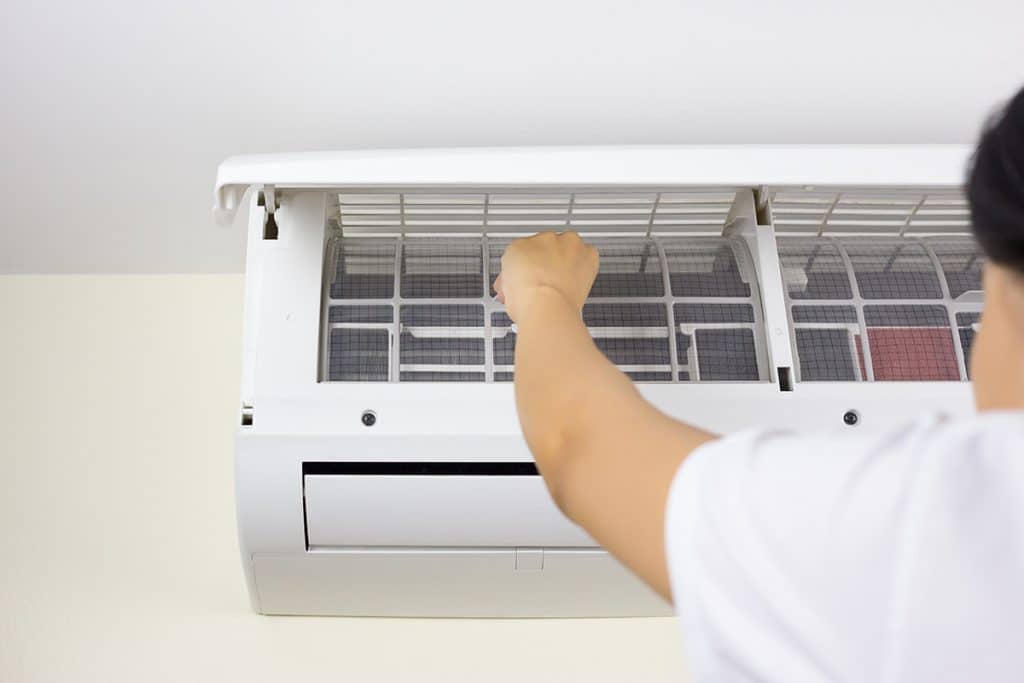
How to Improve Office Ventilation in the Winter
Indoor air quality is an important consideration in work productivity and efficiency. Poor air quality can slow office workers down, making them feel sick, tired, or unable to think clearly. Ventilation is hard to come by during the winter, when office windows and doors are closed to protect employees from the frigid Massachusetts air.
Here’s what employers should know about toxic office air in the winter and they can do about it.
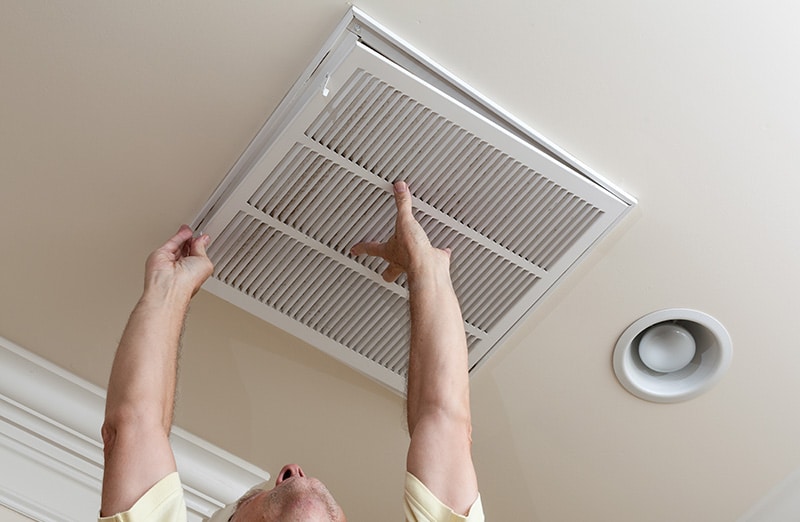
Ductless Deep Cleaning for Spring
Your HVAC system is a significant contributor to the quality of your air, especially in spring when the number of allergens in the air is much higher.
The Boston Globe reports that allergy season in Massachusetts is typically between May and August, and the Asthma and Allergy Foundation of America lists Springfield, Massachusetts as one of the top 10 worst cities in America for allergy sufferers.
This means that keeping your ductless AC clean is an important part of ensuring your air is healthy and your air conditioning works properly, but it’s something a lot of people don’t prioritize. With COVID-19 now a part of daily life, making sure your respiratory health is in peak shape is also high on the list this summer.
Unfortunately, self-cleaning HVAC technology doesn’t yet exist and chances are, you’re not getting the clean you need from simply maintaining your filters. A professional deep cleaning removes far more waste from your system and keeps it running smoothly throughout the season.
Here’s how we deep clean your ductless unit for spring or any other time of the year:
Install a Splash Guard
Before cleaning your ductless heat pump, we put up a protective splash guard called a bib to prevent dirt, debris, cleaners, and water from splashing onto your walls or floor. This mixture contains harmful particulates like fungi and bacteria, according to Time Magazine. We collect this dirty water in a receptacle that can be easily washed down the drain.
Apply Advanced Formulated Foaming Cleaner to the Unit’s Coils
Next, we disassemble your unit and apply a high-tech foaming cleaner to the coils. The cleaner is formulated to begin breaking down oil and dirt immediately and only requires a short amount of time to start working.

The Hydrokleen system uses AerisGuard cleaners that have been specifically designed to clean and protect ductless HVAC systems. These non-toxic, multi-enzyme cleaners are made to break down organic waste and detach it from the coil’s surface so it can be easily sprayed away. Without these formulas, it is much more difficult to remove hard, caked-on debris, even with aggressive scrubbing.
Pressure Wash the Unit
Once the AerisGuard foaming cleaner has been working for a few minutes, our experienced HVAC technicians will begin to pressure wash the unit’s coils. This physically flushes water through the system to remove mold, mildew, dust, bacteria, and virus particles that may be hiding deep within.
This type of cleaning can’t be achieved by simply removing and rinsing your ductless filters; it requires professional service from a trained technician. It is recommended that you clean the filters yourself every four to six weeks and have a deep cleaning done at least annually if not seasonally before spring and again in the fall.
Clean the Chassis, Barrel Fan, and Other Components
Next, other parts of your ductless air conditioner will be cleaned, including the chassis, the barrel fan, the louvres, the drain pain, and all other components.
Often, dirt and debris will build up on the back of the fan, giving the illusion that the system is cleaner than it is. Meanwhile, the dirty fan contaminates all of the air that passes through it and into your home. It also reduces the overall air velocity, causing the unit to become inefficient at cooling and increasing your energy bills. Energy.gov reports that your air conditioner can become 5% to 15% less effective at cooling your home if the filters are clogged.
The Hydrokleen system allows us to quickly and easily clean these parts that you may not be able to reach on your own. A deep cleaning not only improves your air quality but also helps you save money on your electric costs by significantly reducing the workload on your unit.
Apply a Protective Coating to the Coils
After the HVAC system has been cleaned, we apply a specially formulated AerisGuard protectant to your air conditioner’s components to create a biostatic layer that discourages the buildup of debris on the unit’s coils. This helps to improve air quality and control odors, because waste that would ordinarily build up and cause a musty, mildewy smell is no longer able to do so.
AerisGuard products are non-acidic, helping to protect the longevity of your system over time. Other cleaners that contain harsh corrosives can damage the coils and other ductless system components, requiring you to replace or repair them sooner.
Reassemble the Ductless Unit
After our technicians have serviced your unit, it will be reassembled and tested to ensure that it is working properly for both heating and cooling. Our HVAC techs don’t leave your home until we know that everything is in order and you won’t have any difficulty starting your system back up after the deep clean.
Check the Outside Compressor
We’ll also check the outdoor compressor of your unit to ensure that there is no vegetation growing over it. We’ll look for signs of damage and make sure that there isn’t any ice buildup that could be impacting your HVAC system’s ability to cool your home. Whether you have a single outdoor unit or a multi-zoned system, our technicians are capable of providing you with expert service.
Contact N.E.T.R. Inc. Today to Schedule Your Ductless Deep Cleaning for Spring
If you deep clean your home every spring, don’t forget about your ductless HVAC unit. In fact, if all you’re able to deep clean is your HVAC system this spring, your respiratory health and utility bills will thank you for it. Contact N.E.T.R., Inc. today to schedule your HydroKleen appointment by calling 781.933.NETR (6387). We provide ductless deep cleaning for both residential homeowners and commercial businesses and are available now to assist you.
Download Your Massachusetts COOL SMART Rebate Application
NETR can help you get the maximum Mass Save rebate
ENTER YOUR INFO IN THE FORM TO GET YOUR APPLICATION
Mass Save® is an initiative sponsored by Massachusetts’ gas and electric utilities and energy efficiency service providers, including Columbia Gas of Massachusetts, The Berkshire Gas Company, Cape Light Compact, Eversource, National Grid, Liberty Utilities and Unitil.
The sponsors of Mass Save work with the Massachusetts Department of Energy Resources to provide a wide range of services, incentives, trainings, and information promoting energy efficiency that help residents and businesses manage energy use and related costs.
We’ve guided hundreds of Boston area homeowners through the process of successfully cashing in on this program, so once you get your application, please don’t forget, we’re here to help you in any way we can.
If any of these sounds like your situation, get our free guide to learn more about your options:
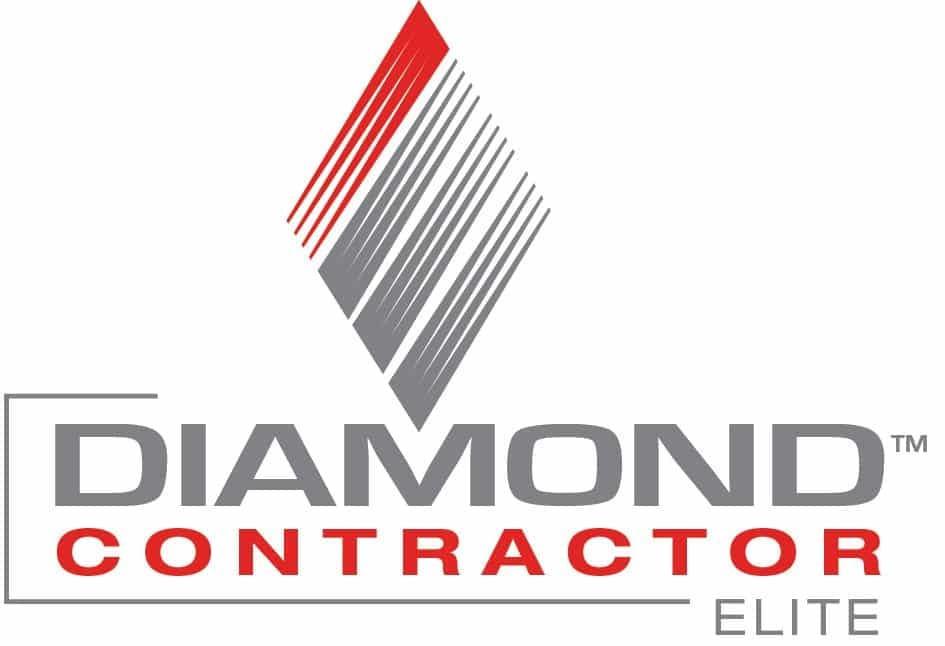
- Bonus rooms that are too hot to use all summer or too cold to use in winter.
- Historic homes where new ductwork would damage the integrity of the construction.
- Big family rooms that have hot or cold spots.
- Additions where your current ducted system can’t get the job done.
- Converted attics or basements that never feel comfortable.
- Rooms with large glass exposures.
- Bedrooms, especially master where your home comfort system just isn’t always getting it done.
- High utility bills.
Thanks again for visiting. We look forward to helping you with your home comfort needs!
85 Flagship Drive, Unit E
North Andover, MA 01845


